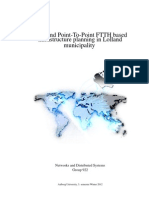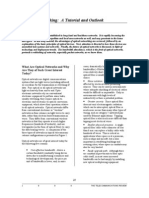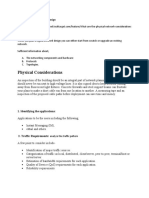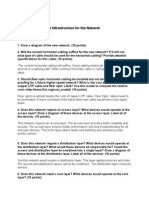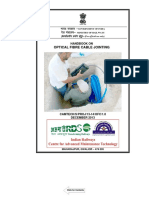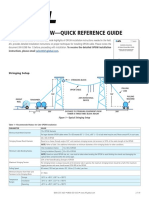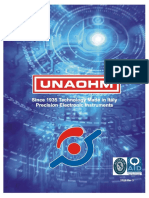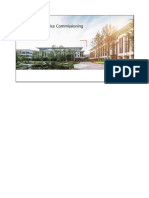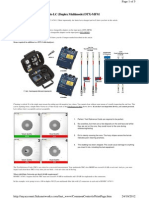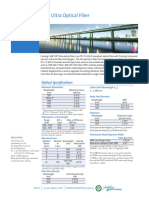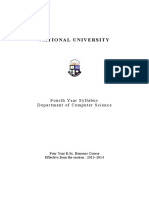0% found this document useful (0 votes)
16 views5 pagesProject Report of Physics Group3
The Optical Fiber Network Layout Design Report outlines a comprehensive plan for implementing an optical fiber network that enhances connectivity, reliability, and scalability while reducing long-term maintenance costs. It highlights the benefits of high-speed internet, minimal signal loss, and environmental sustainability compared to traditional copper cables. The report concludes with recommendations for successful implementation, including prioritizing underground cabling and investing in quality infrastructure.
Uploaded by
dukuzehirwa22Copyright
© © All Rights Reserved
We take content rights seriously. If you suspect this is your content, claim it here.
Available Formats
Download as DOCX, PDF, TXT or read online on Scribd
0% found this document useful (0 votes)
16 views5 pagesProject Report of Physics Group3
The Optical Fiber Network Layout Design Report outlines a comprehensive plan for implementing an optical fiber network that enhances connectivity, reliability, and scalability while reducing long-term maintenance costs. It highlights the benefits of high-speed internet, minimal signal loss, and environmental sustainability compared to traditional copper cables. The report concludes with recommendations for successful implementation, including prioritizing underground cabling and investing in quality infrastructure.
Uploaded by
dukuzehirwa22Copyright
© © All Rights Reserved
We take content rights seriously. If you suspect this is your content, claim it here.
Available Formats
Download as DOCX, PDF, TXT or read online on Scribd
/ 5



